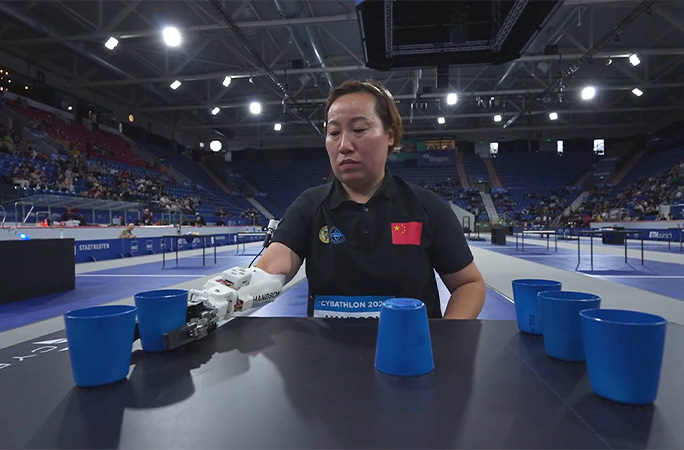Inside the Cybathlon: The 'bionic Olympics' where inspiring athletes meet genius tech
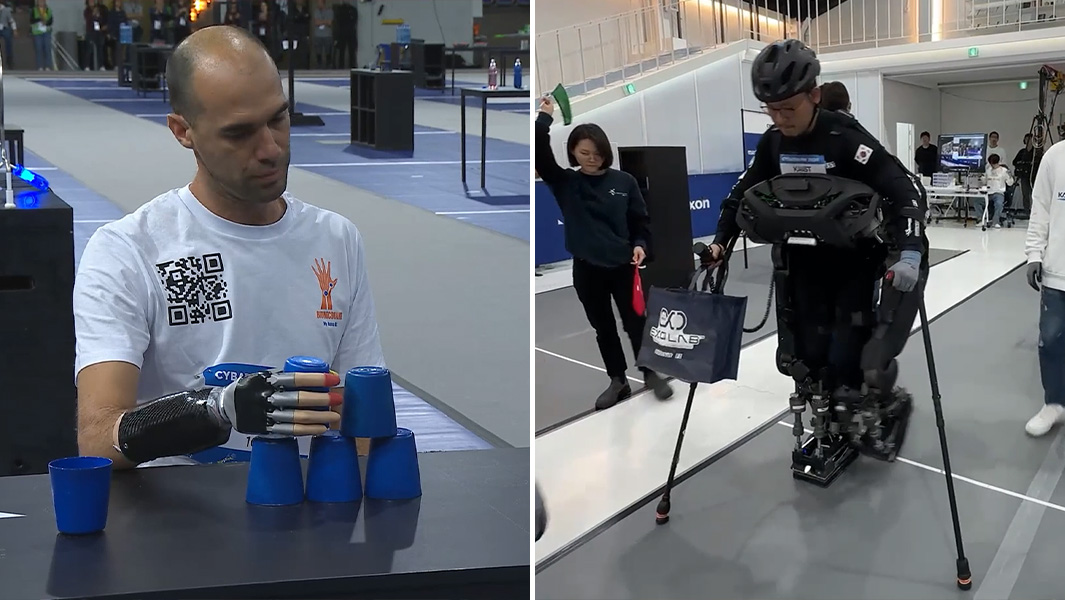
The incredible power of human resilience and genius life-changing technology came together at the Cybathlon.
Hailed as the “bionic Olympics”, the event is held every four years in Zurich and aims to promote the development of new and improved assisted technologies.
Run by a group at ETH Zurich in Switzerland, the event sees ‘pilots’ and groups of engineers and designers team up to show what their incredible creations are capable of.
From bionic arms and electric wheelchairs to exoskeletons and computers that can be controlled with the mind, the event shows off the best of the best.
And of course, the futuristic event has been breaking records since it was first staged in 2016.
![]()
An avatar being controlled with the mind
Even just the fact that it came into existence made history.
It set a record as the first competition for bionic athletes when 66 teams made up of 400 competitors travelled from around the world to take part.

We were there at the 2024 event when it became the largest competition for users and developers of technical-assistance devices.
Between those there in-person at the Swiss university and those joining remotely from seven hubs around the world, a record 67 teams took part.
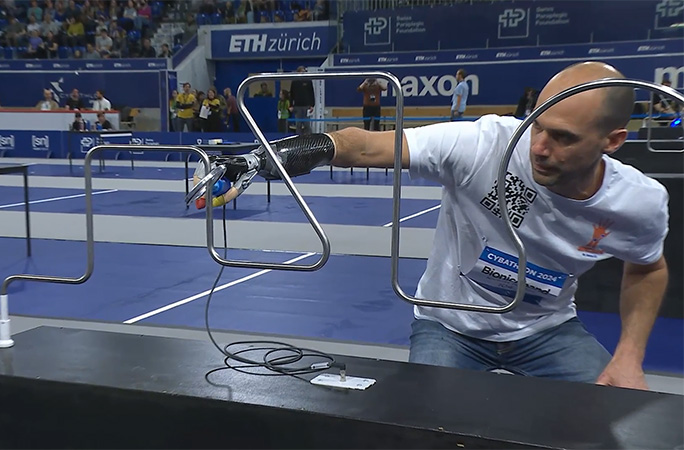
But that wasn’t the only event broken over the three-day event.
Nicolas Huchet and Team Bionicohand (both France) claimed the fastest six-cup stack completed by someone using an arm prosthesis in an impressive 33 seconds.
In our video, Nicolas is seen using his bionic arm to stack the cups into a pyramid before sliding them to collapse the structure, and return the cups to one single stack.
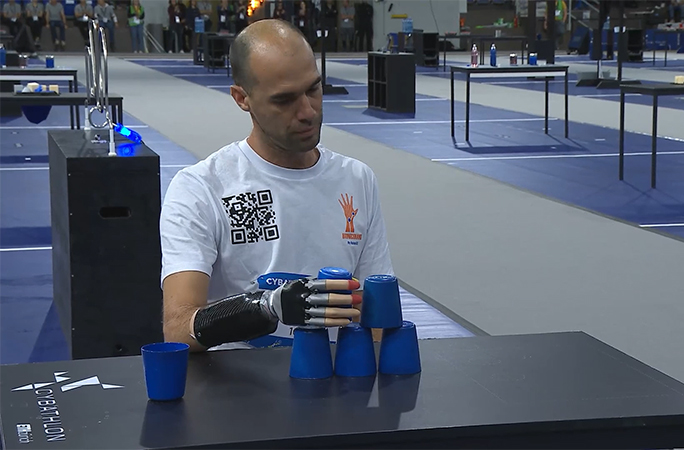
Nicolas Huchet
Nicolas lost his right hand in a factory accident when he was 18 years old.
After becoming increasingly frustrated with the prosthetics that were available to him, he got involved with the open-source hardware community in 2012.
He went on to found the non-profit My Human Kit, which develops and freely distributes designs for bionic prostheses. It is designed to use a mixture of off-the-shelf electronics and 3D-printed parts.
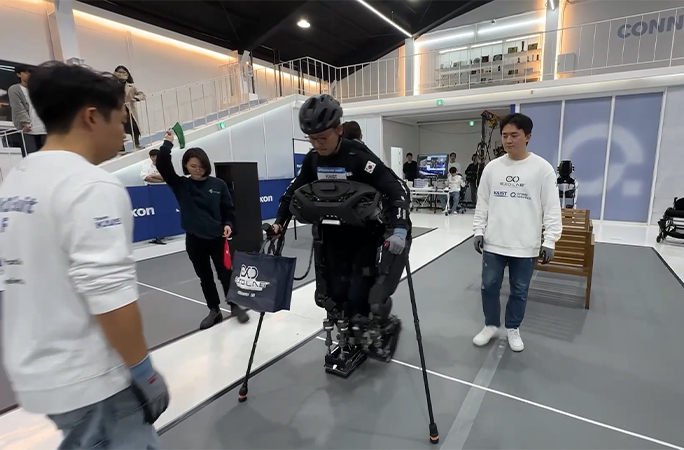
Seunghwan Kim walking with the exoskeleton
Meanwhile at the event, Seunghwan Kim and Team KAIST (both Korea) broke the record for fastest exoskeleton walking speed.
Demonstrating what the kit could do, he walked around, sat down on a wooden bench, and got back up to resume his stroll.
He hit a top walking speed of 0.23 m/s, which is 0.82 km/h or 0.5 mph.
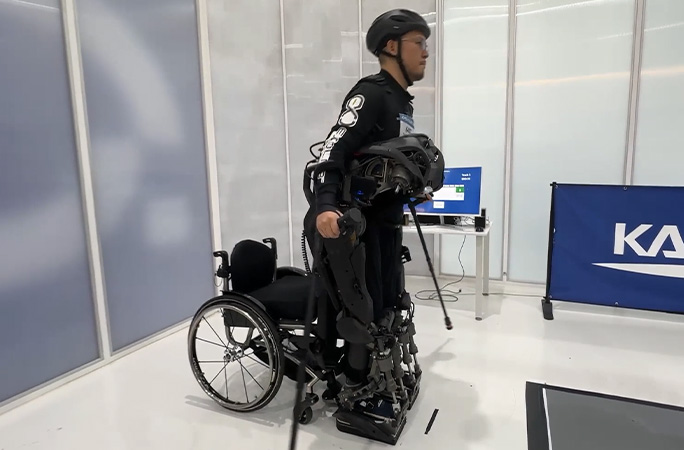
The WalkONSuit F1 prototype was developed at the KAIST Exoskeleton Lab in Daejeon, South Korea.
What history-making leaps in technology will happen at the next Cybathlon?
